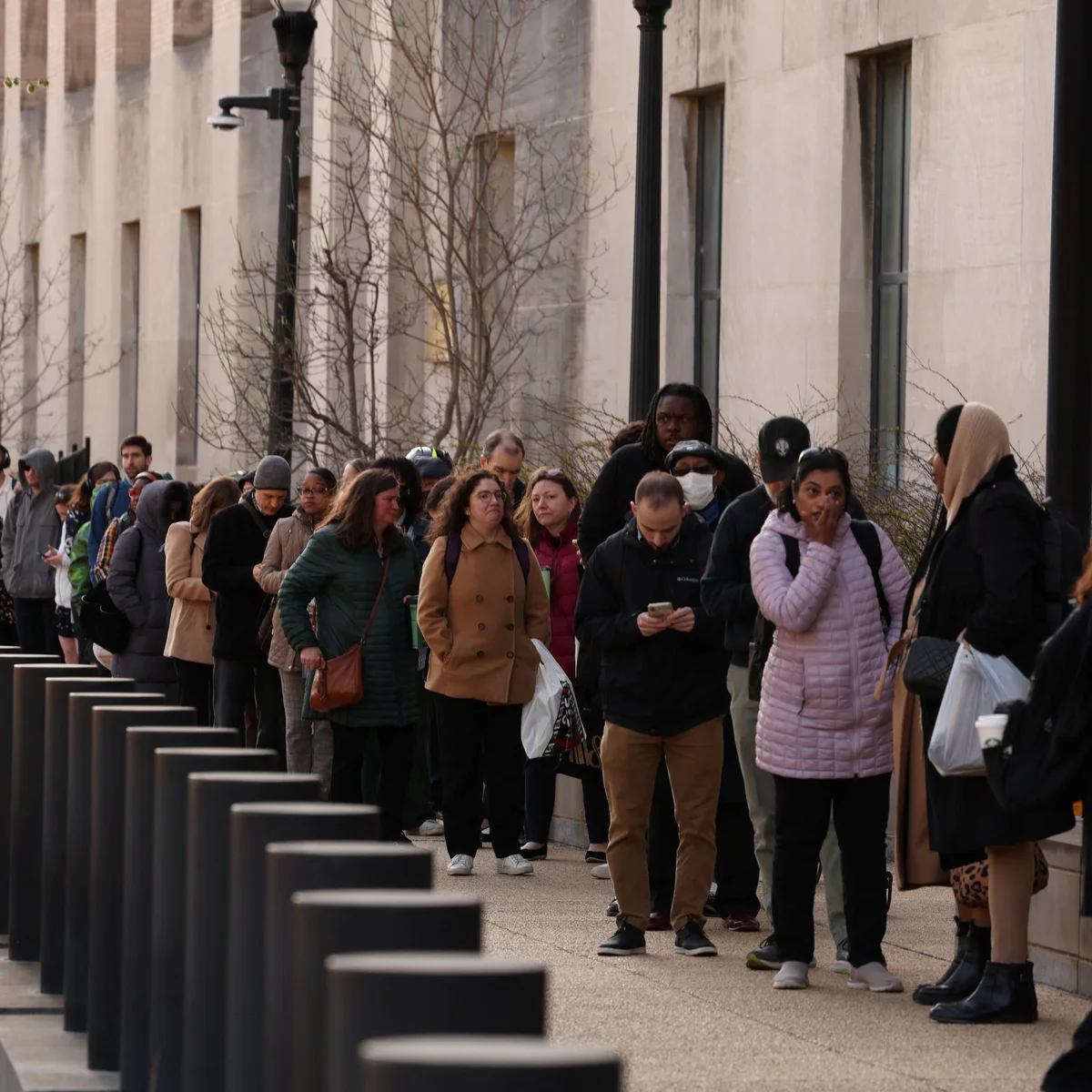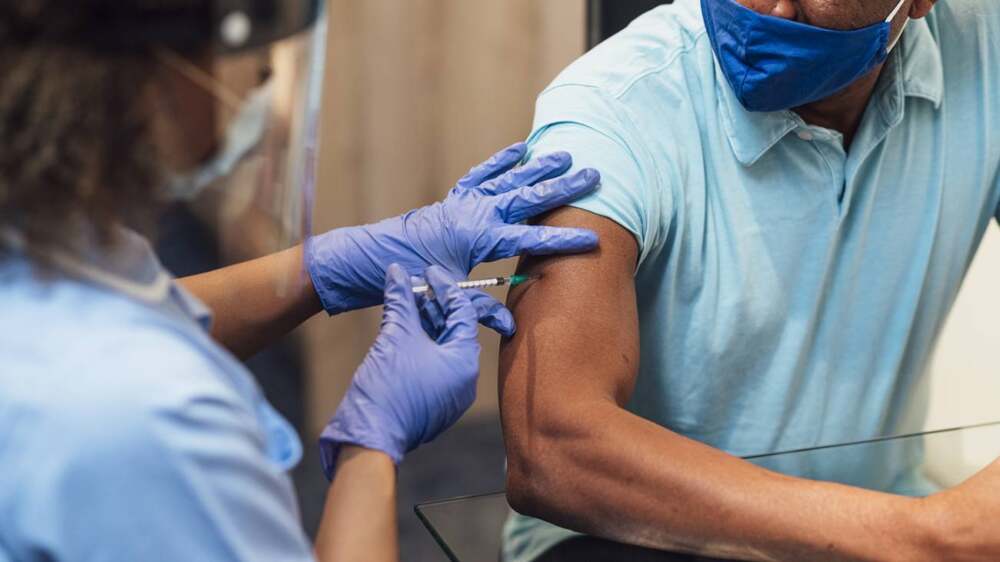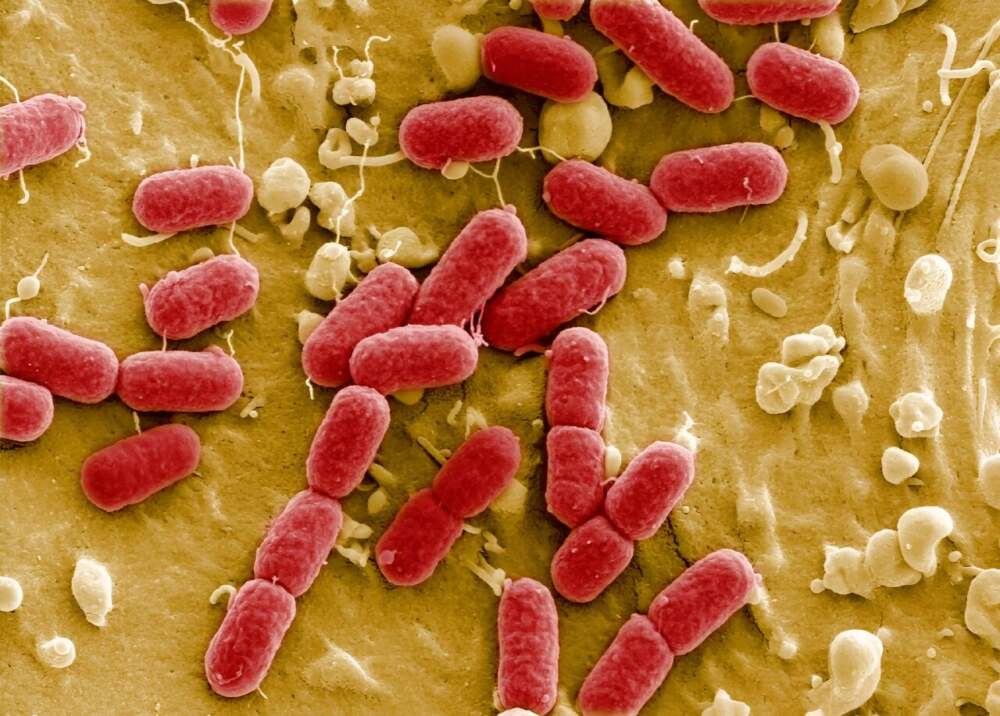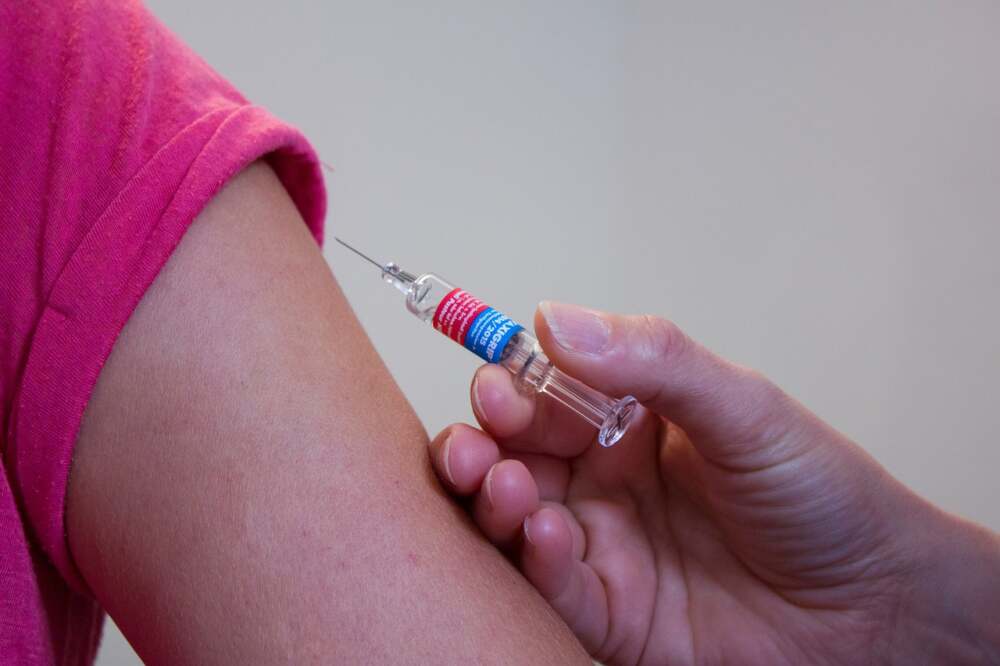Once relegated to history books in much of the world, the water-borne disease known as cholera is staging a worrying resurgence. The consequence: thousands of lives lost, millions at risk, and a glaring reminder that access to clean water, sanitation and vaccines remains far from universal.
A Crisis in Numbers
Across more than 30 countries worldwide, cholera has reemerged with force. In 2025 alone, preliminary data indicate over 6,800 deaths — already surpassing the total fatalities from the previous year. Most of those deaths are concentrated in Africa, where structural challenges and recurring outbreaks converge.
The reasons are many: large populations lacking safe drinking water and proper sanitation, frequent displacement due to conflict or flooding, and ageing health-systems unable to contain rapid spread.
Why We’re Seeing a Surge
Cholera is caused by the bacterium Vibrio cholerae, which spreads via water or food contaminated with faecal matter. Unlike high-income countries where plumbing and sanitation infrastructures have largely ended local transmission, in many low- and middle-income settings the basic prerequisites for elimination are missing.
Add to that climate-linked extremes (heavy rains, floods), mass movement of people, and urban slums growing faster than service provision. Each of these factors amplifies outbreaks, often in communities already struggling from other health burdens.
Vaccine Supply: A Major Bottleneck
Vaccines exist and are effective — yet supply is woefully inadequate. For years now, the global response has been hampered by production constraints. There is effectively only one major manufacturer capable of producing the oral cholera vaccines at scale. Because the disease disproportionately affects poorer countries, the commercial incentive to expand production has been weak.
A global stockpile created in 2013 has delivered hundreds of millions of doses to outbreak hotspots. However, as demand has spiked, the stockpile has been stretched thin — and in many cases the available doses are used only reactively (during outbreaks), not preventively (in at‐risk communities).
A Turning Point for Africa and Zambia
One of the more hopeful developments takes place in Zambia. That country, already grappling with a major cholera outbreak, has struck a deal to build its own cholera-vaccine manufacturing facility – the first of its kind in Africa. The site is being developed in partnership with a Chinese firm and local institutions, with an initial investment of around US $37 million and a goal of producing millions of doses annually.
If successful, this move could help reduce Africa’s reliance on imported vaccines, shorten response times during outbreaks and move toward more proactive vaccination campaigns. It also signals a broader shift: rather than simply responding to cholera, countries are beginning to build capacity and infrastructure for its prevention.
But It’s Not Just About Vaccines
While vaccine production and delivery are crucial, true elimination of cholera demands a more comprehensive approach. Experts emphasise that:\
- Safe drinking-water and efficient sanitation are foundational. Without them, vaccines alone cannot stop transmission.\
- Hygiene education, especially in hotspots, is essential to empower communities.\
- Surveillance, rapid outbreak response, and coordination across borders all play roles in detecting spread and breaking chains of transmission.\
- Political commitment and sustained investment are just as important as medical tools. In other words: the challenge is as much political and societal as it is scientific.
What this Means for Pakistan and Similar Countries
While Pakistan is not among the hardest-hit countries currently, the global cholera uptick should serve as a reminder of vulnerabilities: climate shocks (floods, monsoons), urban crowding, gaps in sanitation and potable water can create conditions ripe for cholera. For countries with these risk factors, the lessons are clear:
- Monitor water and sanitation infrastructure.\
- Keep strong systems for disease surveillance and rapid response.\
- Consider vaccination strategies in high-risk areas (especially those with influxes of migrants, floods or poor water access).\
- Build local capacity rather than rely solely on international supplies or reactive measures.
The Bigger Picture
Cholera is often described as a “disease of inequality” — it thrives where poverty, weak infrastructure and marginalisation intersect. The fact that it is still causing thousands of deaths in 2025 illustrates that having the scientific tools isn’t enough; the real work lies in delivering those tools and rebuilding the systems that prevent the disease in the first place.
For Zambia and its like-minded partners, the new vaccine manufacturing initiative could become a model: show that endemic disease isn’t inevitable, that with commitment and resources one can move from emergency response to sustained prevention. But unless global production scales up, investment flows increase, and sanitation systems improve, the cycle of outbreaks may continue.
Ultimately, the goal of eliminating cholera not by 2050 but by 2030 — as some global target frameworks propose — will require far more than vaccines. It will demand leadership, infrastructure, funding and durable change.












Leave a Reply